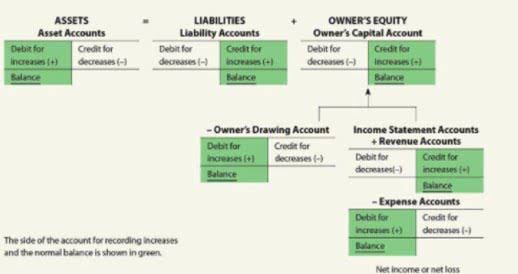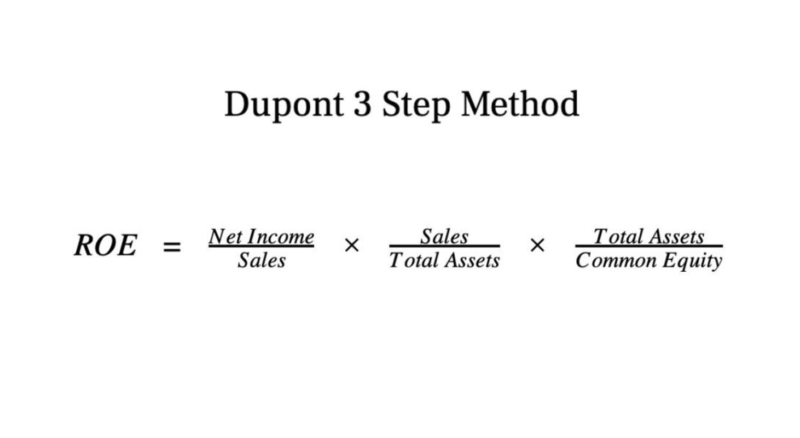Since there are usually a number of these payments, the recipient may want to use a discount rate to derive the present value of a series of these payments. This accelerated payment could then be invested in the interim, thereby earning more money for the recipient. The number of periods in the ordinary annuity represents the duration of contributions. The longer the accumulation period, the more substantial the future payments become.
What Are Some of the Risks of an Ordinary Annuity?
If investors can earn a higher return elsewhere, they will not be as interested in receiving smaller payments from an ordinary annuity. Conversely, when interest rates are low, an ordinary annuity offering stable and predictable payouts becomes more appealing. Ordinary annuities and annuity dues might sound similar; however, they have fundamental differences that impact their value and structure. While an ordinary annuity provides payments at the end of each period, an annuity due delivers payments at the beginning of each period. This discrepancy influences the way their present values are calculated and assessed.
What Is an Ordinary Annuity?
Receiving payments earlier with an annuity due might be seen as a slight advantage. Mutual funds give investors exposure to lots of different kinds of investments. As noted, the main difference between an ordinary annuity and an annuity due is whether the payment is made in arrears or in advance. Payment timing and its effect on the annuity’s present value are two key differences between an ordinary annuity and an annuity due. The present value of an ordinary annuity is largely dependent on the prevailing interest rate. Neither an ordinary annuity nor an annuity due refers to the financial product known as an annuity, though they are related.
Fees can eat into the overall returns and reduce the amount of income you receive during your retirement. We know that an ordinary annuity is a great option if you want to save up for retirement but do you know other examples in which it can be used for? Here, we are going to discuss the instances you have in terms of annuity.
What is an example of an annuity due?
Besides the question of making or collecting payments, interest rates are a factor in evaluating annuities. When interest rates rise, the value of an ordinary annuity goes down; likewise, when interest rates fall, the value of an ordinary annuity goes up. Cashing out an annuity early may result in a surrender charge, a fee charged by the provider for canceling the contract. However, there may be exceptions depending on the type of annuity and its usage. Speak with a financial advisor to see which type of annuity makes the most sense for you.
Annuity calculations are also used to calculate EMIs on loans taken.An annuity is a series of payments made or received over a predetermined period of time. The timing of those payments differs based on the type of annuity at hand. You can learn more about annuities from your broker, but today let’s look at ordinary annuities and compare them with annuities due. An example of an ordinary annuity is the series of semiannual interest payments that are part of a bond payable.
While the concept may seem straightforward, the timing of payments can make a real difference in the overall value and income stream you receive. There are online tools available to simplify the calculations for both the present and future value of annuities, ordinary or due. These online calculators typically require the interest rate, payment amount and investment duration as inputs. Interest from bonds, particularly fixed-income securities, is a classic example of an ordinary annuity. Quarterly dividends paid by stocks that maintain consistent levels over a long period also fit ordinary annuities this category.
These calculations are crucial for determining the financial benefits of various annuity types. Each type offers distinct advantages that suit different financial strategies. Also keep in mind that these are not insurance products with varying risks and are not guaranteed. Multi-year guaranteed annuities provide a reliable income source with fixed returns over a defined period. They offer a guaranteed fixed interest rate over the contract duration, ensuring stable earnings. An annuity due generally has a higher present value than an ordinary annuity because sooner payments allow for greater earning potential.
How much money do you need to start an annuity?
Speaking with a financial expert who has years of experience can provide valuable insight into your current financial situation. Additionally, they can determine whether a regular annuity is the right choice for you. In either case, it is always best practice to do ample research before selecting your plans for retirement. While annuities can provide reliable income in retirement, it’s crucial to weigh the costs against the benefits. Seeking advice from a qualified financial professional can help you make an informed decision that aligns with your retirement objectives. Where, again, text/latex, text/latex, and text/latex are the size of the payment, the interest rate, and the number of periods, respectively.
- When interest rates rise, the value of an ordinary annuity goes down; likewise, when interest rates fall, the value of an ordinary annuity goes up.
- This is where you can use an ordinary annuity as a consistent income source for your post-retirement expenses.
- This difference occurs because the investor in the annuity due scenario receives their payments one period earlier.
- You pay your credit card bill at the end of the billing cycle, so it’s an ordinary annuity.
In return for a lump-sum payment or a series of payments to the financial institution, the individual receives a steady stream of regular payments. An ordinary annuity is a series of equal payments made at the end of consecutive periods over a fixed length of time. Ordinary annuities may be paid monthly, quarterly, semi-annually, or annually. Income annuities offer regular payments over a specified period or the annuitant’s lifetime. These payments significantly boost financial stability during retirement by providing a reliable income stream. An ordinary annuity pays is a financial product characterized by equal payments made at the end of each period.
Regular quarterly dividends from a stock that has maintained a stable payout level for years are another example. This means that you can choose to receive payments at the beginning or end of each period. An ordinary annuity and an annuity due differ in terms of the timing of payments, risk level, and present value. For example, if you have an ordinary annuity that pays out monthly, you will receive your payment on the last day of each month.
While both offer equal periodic cash flows, their payment timing affects their respective present values, making them unique choices for investors seeking stability and higher returns. For instance, a company that consistently distributes stable payouts offers its shareholders quarterly dividends – these are the periodic cash flows received at the end of each quarter. Another common example is interest from bonds, which typically come in semi-annual installments paid at the end of every six months. These payments’ present value depends largely on prevailing interest rates. The payment schedule of an ordinary annuity also influences the present value calculation. The number of periods in the schedule affects both the total value of the future cash flows and their present worth.
Tax Implications
- On the other hand, an annuity due (AD) is characterized by payments made at the beginning of each period instead of the end.
- To convert them into annuity due we need to account for the one extra period.
- Understanding these factors is crucial for evaluating the value of various annuity options.
- All else being equal, an annuity due is worth more than an ordinary annuity because the money is received earlier.
- Since there are usually a number of these payments, the recipient may want to use a discount rate to derive the present value of a series of these payments.
For example, some states may exclude a portion of the annuity payment from their state income tax if you meet specific requirements or are a certain age. In other cases, annuity payments might be fully taxable in a particular state. Annuity payments from a Roth IRA, on the other hand, are tax-free because contributions were made with after-tax dollars. On the other hand, an annuity due (AD) is characterized by payments made at the beginning of each period instead of the end. Rent payments are a common example of an AD, as tenants typically pay their landlords in advance for the month ahead. In an annuity due, the investor receives the payment before the respective period begins.
Annuities combine investment growth and insurance features, playing a key role in personal finance. They generate income from a lump sum of money and provide guaranteed income, ensuring financial stability in retirement. Standard annuities encompass income annuities, fixed index annuities, and multi-year guaranteed annuities, and which are only offered by insurance companies. Each type provides unique benefits and can be customized to individual financial goals. Annuity due payments involve upfront payments, affecting both cash flow and financial planning. This arrangement benefits recipients needing immediate funds at the start of each period.
As shown above, payout periods are the most distinct differentiation between an ordinary annuity and an annuity due. With an ordinary annuity, you receive payments at the end of each period, while with an annuity due, they are given at the beginning of each period. Now that we have refreshed our memory on the annuity concept, let’s get back to the topic at hand, which is the ordinary annuity.
With all the complicated concepts and external factors, it’s easy to get lost and make critical mistakes. For example, if you need immediate access to funds, an annuity due would be better for you. On the other hand, if you’re looking to make more money from interest, then an ordinary annuity is the way to go. The value of how much you can earn and how much you need to pay in premiums in an ordinary annuity is determined by the present value and future value.
Present Value of an Annuity Due Example
This means, in case of an unexpected expense, you may face problem dealing with it if you’re relying on your annuity. Did you know that an ordinary annuity is a popular choice for people who want to save for retirement? Well, retirement is a time when people don’t usually have a consistent income and have to save up well to maintain their lifestyle. This is where you can use an ordinary annuity as a consistent income source for your post-retirement expenses. Let’s discuss the pros and cons of using it as a source of retirement income. This process continues for 20 years, with you investing $500 each month and the provider adding 5% interest on your balance at the end of each month.














